6.7 kg for a production disc brake bike? Over at their HQ in Wisconsin, Trek introduced us to the new Émonda with the tagline of ‘Making the lightest lighter.’ Despite bearing many of the same visual traits as its predecessor, Trek claim this is basically a brand new bike. On the rolling hills of the Mid-West, we got to ride this record-breakingly light Project One disc brake race bike to find out if lighter really is better.
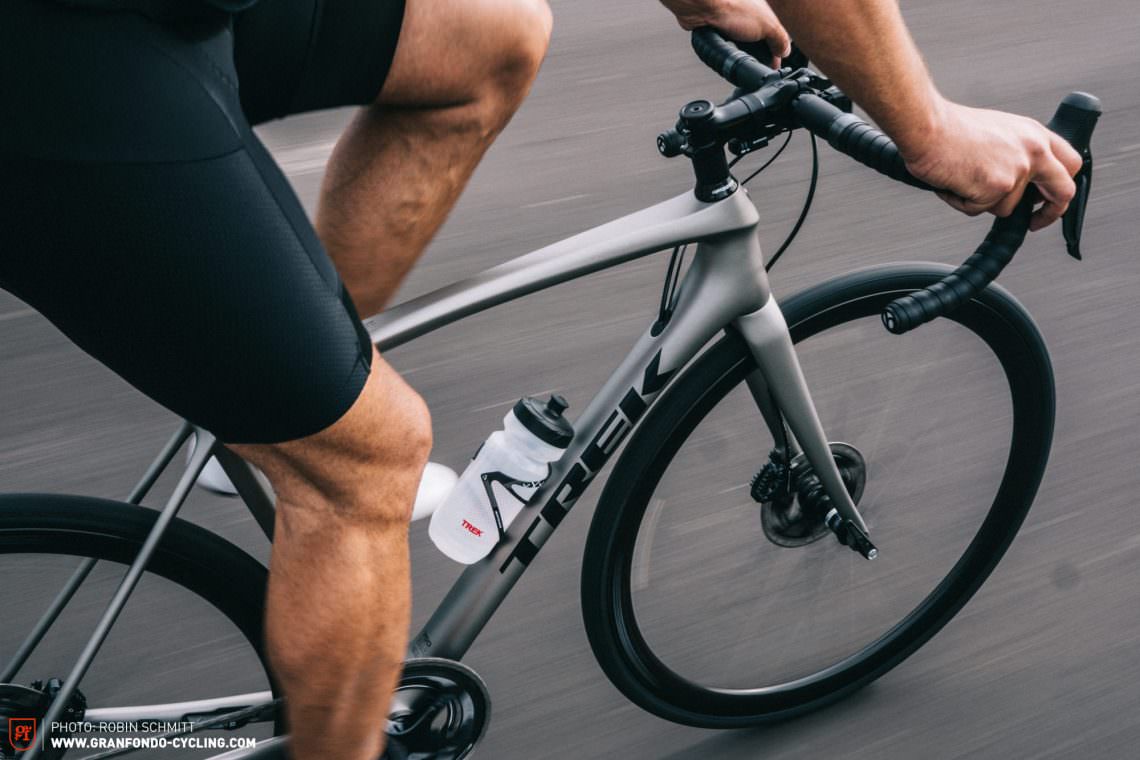
Trek Émonda – Digital Prototyping
Lighter, stiffer, more comfortable: Trek headed into the complex world of digital simulations in a bid to pin down these goals. Their data-driven options that showed the most promise were rendered into prototypes, before undergoing lab testing and real-world riding. During our visit to the brand’s HQ in Waterloo, we got an exclusive glimpse into their intricate R&D, prototyping, lab and production facilities. The most striking outcome of their research is that the frame is now 5% lighter than its former iteration. We learned that the frame – and tube profile – wouldn’t have come to being without digital prototyping, which is a marked step forwards for the cycling industry.

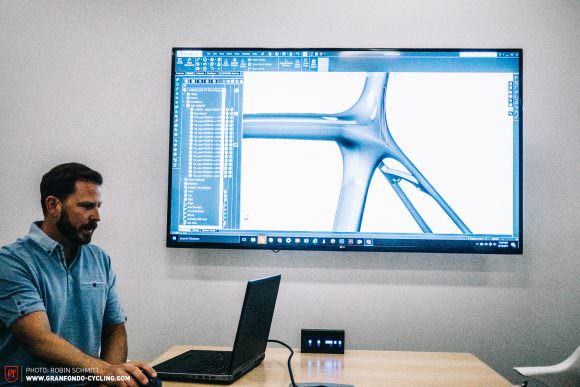
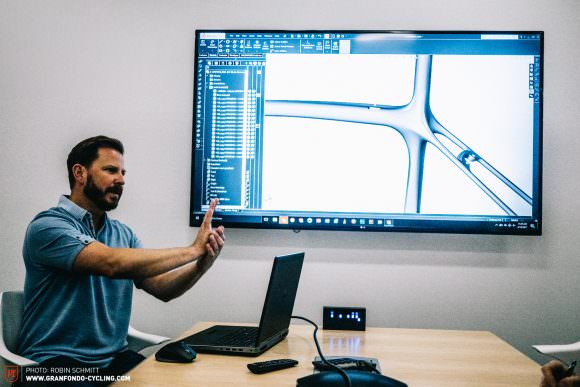
Trek Émonda SLR 2018: weight and key features
As Trek don’t dispute the advantages of both disc brakes and rim brakes, the Émonda 2018 is going to be launched in both versions. Minus hardware, the new Émonda SLR 2018 weighs in at 640 g for the frame in a size 56 with the H1 geometry. (That’s basically the pro geometry model with a lower front end than the H2). The disc brake-equipped frame is 665 g, and the former model was 690 g. The Émonda SLR fork weighs 313 g, while the disc brake one is 350 g. The newest iteration also offers more tire clearance, allowing the bike to be ridden with tires up to 28 mm, in fact we tested the bike in this setup.
But it doesn’t end here: the new Trek Émonda SLR is kitted with many of Trek’s tried-and-tested features like the Ride Tuned seat mast, an E2 Tapered steerer, integrated DuoTrap S speed and cadence sensors – alongside the ultimate decision regarding the more aggressive H1 or comfort-focused H2 geometry.
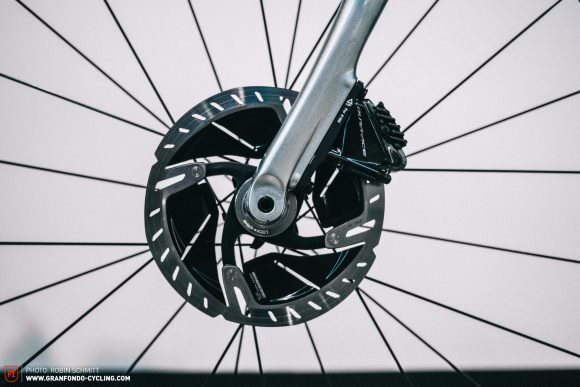

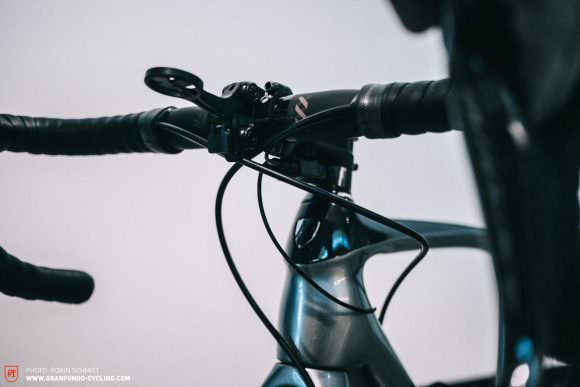
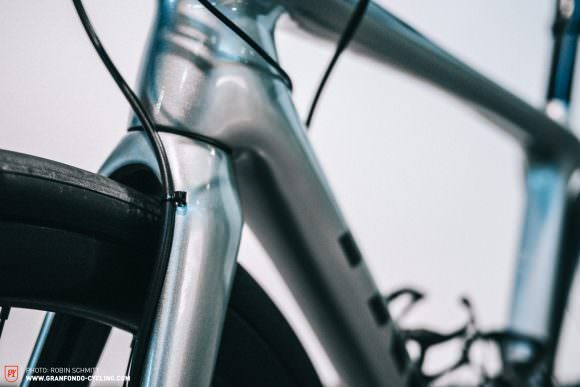
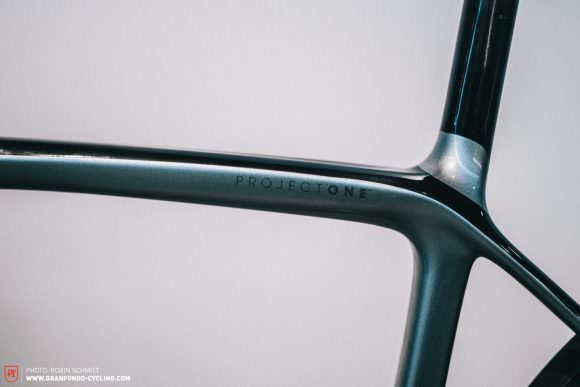

Trek Émonda 2018: Models, prices
The Émonda line-up can be split into three: the Trek Émonda SLR, SL and ALR. The SLR is the flagship build with a brand new frame designed out of 700 OCLV carbon. The SL model is based on the current Emonda SLR, but has adopted a more affordable carbon lay-up. The rim brake frame model weighs in at 1091 g while the disc model is 1149 g. The ALR is clearly the aluminium model. Then there’s the SLR RSL, with RSL representing Race Shop Limited, which is the preserve of Trek’s H1 geometry Project One bike. In other words: a bike fit for the pros!
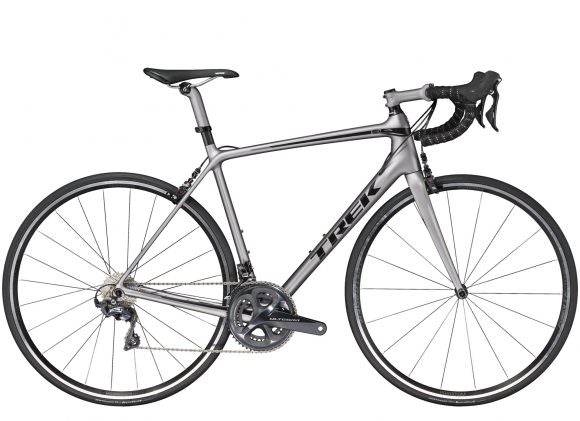
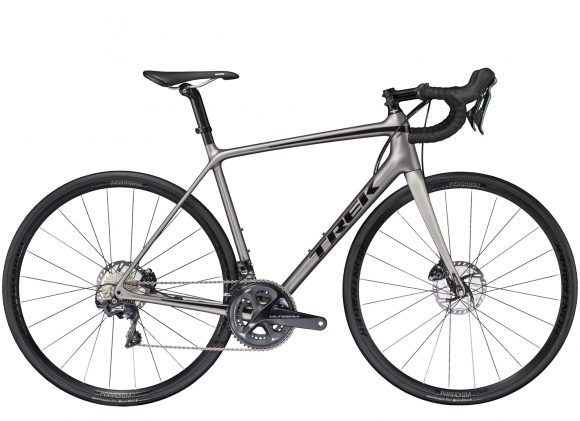
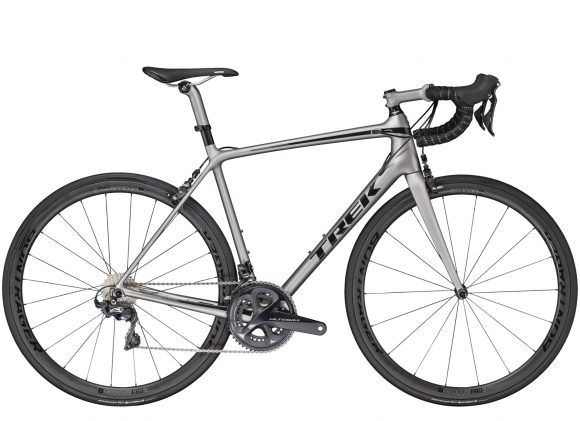
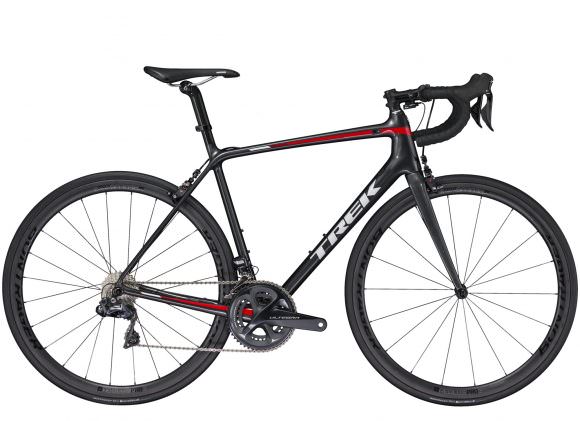
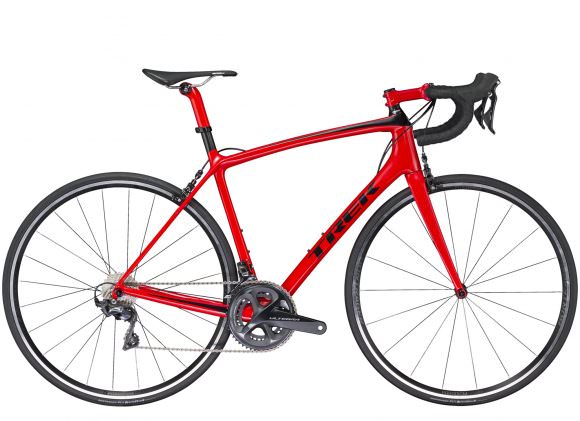
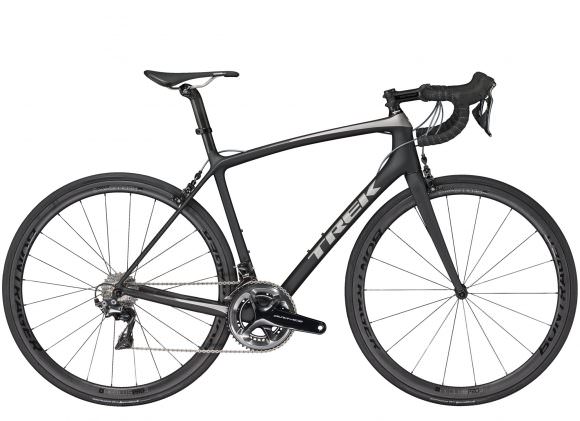

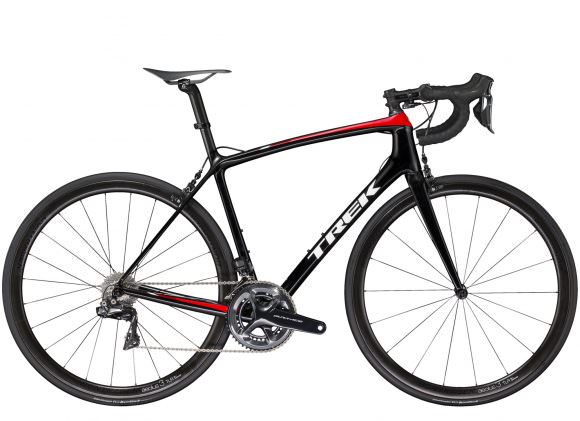
Trek Émonda 2018: The geometry
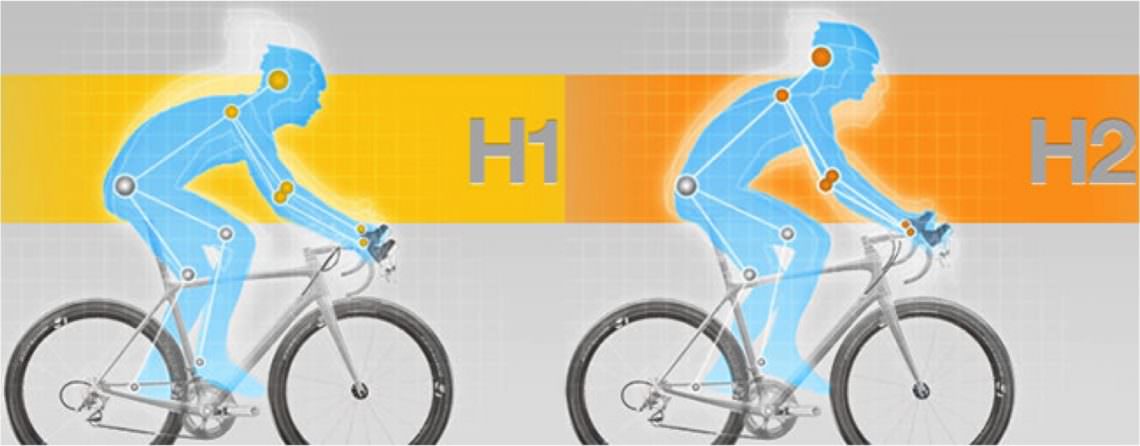
Trek Émonda H1 Fit
| Size | 50 | 52 | 54 | 56 | 58 | 60 | 62 |
|---|---|---|---|---|---|---|---|
| Seat Tube | 453 mm | 482 mm | 496 mm | 525 mm | 553 mm | 573 mm | 593 mm |
| Top Tube | 522 mm | 535 mm | 544 mm | 560 mm | 573 mm | 586mm | 598 mm |
| Head Tube | 100 mm | 110 mm | 120 mm | 140 mm | 160 mm | 180 mm | 200 mm |
| Head Angle | 72.1 ° | 72.8 ° | 73.0 ° | 73.5 ° | 73.8 ° | 73.9 ° | 73.9 ° |
| Seat Angle | 74.6 ° | 74.2 ° | 73.7 ° | 73.3 ° | 73.0 ° | 72.8 ° | 72.5 ° |
| Chainstays | 410 mm | 410 mm | 410 mm | 410 mm | 411 mm | 411 mm | 412 mm |
| BB Drop | 72 mm | 72 mm | 70 mm | 70 mm | 68 mm | 68 mm | 68 mm |
| Reach | 383 mm | 388 mm | 390 mm | 395 mm | 400 mm | 404 mm | 407 mm |
| Stack | 506 mm | 518 mm | 526 mm | 549 mm | 567 mm | 586 mm | 606 mm |
Trek Émonda H2 Fit
| Size | 44 | 47 | 50 | 52 | 54 | 56 | 58 | 60 | 62 | 64 |
|---|---|---|---|---|---|---|---|---|---|---|
| Seat Tube | 480 mm | 444 mm | 476 mm | 493 mm | 506 mm | 533 mm | 553 mm | 573 mm | 593 mm | 613 mm |
| Top Tube | 499 mm | 513 mm | 521 mm | 534 mm | 543 mm | 560 mm | 573 mm | 586 mm | 598 mm | 610 mm |
| Head Tube | 100 mm | 115 mm | 130 mm | 140 mm | 155 mm | 170 mm | 190 mm | 210 mm | 230 mm | 250 mm |
| Head Angle | 70.4 ° | 71.2 ° | 72.1 ° | 72.8 ° | 73.0 ° | 73.5 ° | 73.8 ° | 73.9 ° | 73.9 ° | 74.0 ° |
| Seat Angle | 74.6 ° | 74.6 ° | 74.6 ° | 74.2 ° | 73.7 ° | 73.3 ° | 73.0 ° | 72.8 ° | 72.5 ° | 72.3 ° |
| Chainstays | 410 mm | 410 mm | 410 mm | 410 mm | 410 mm | 410 mm | 411 mm | 411 mm | 412 mm | 413 mm |
| BB Drop | 72 mm | 72 mm | 72 mm | 72 mm | 70 mm | 70 mm | 68 mm | 68 mm | 68 mm | 68 mm |
| Reach | 362 mm | 369 mm | 374 mm | 379 mm | 381 mm | 387 mm | 391 mm | 395 mm | 398 mm | 401 mm |
| Stack | 499 mm | 522 mm | 535 mm | 547 mm | 555 mm | 577 mm | 596 mm | 615 mm | 634 mm | 654 mm |
Trek Precision Fit
Before we got the green light to ride our test models we were ushered into the fitting lab, where our shoe soles, riding position and general bike set-up were personally tuned.

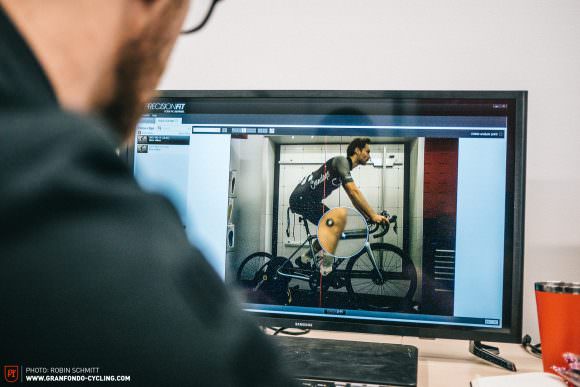
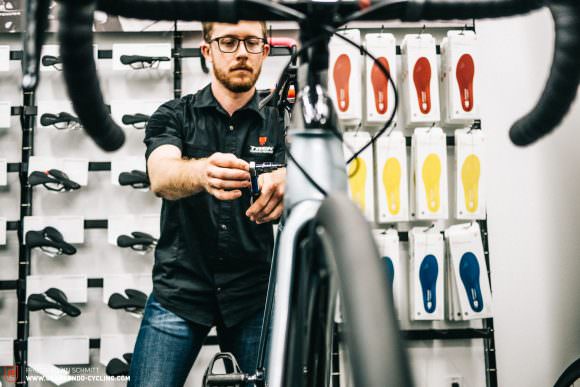
Trek rely on the German biomechanics experts Gebiomized to ensure their Precision Fit is bang on. Wise choice; we often turn to the expertise of Gebiomized for our group tests too.
Trek’s Precision Fit approach goes for analysis through filming and pressure point sensors, which revealed excessive pressure on the saddle and a hunched upper body in our case. Raising the saddle by 3 mm led to an immediate drop in the pressure on the saddle, plus the bars were dropped slightly by removing a spacer to reduce the stress on the arms. The effect was a bit of a ‘wow’ moment!
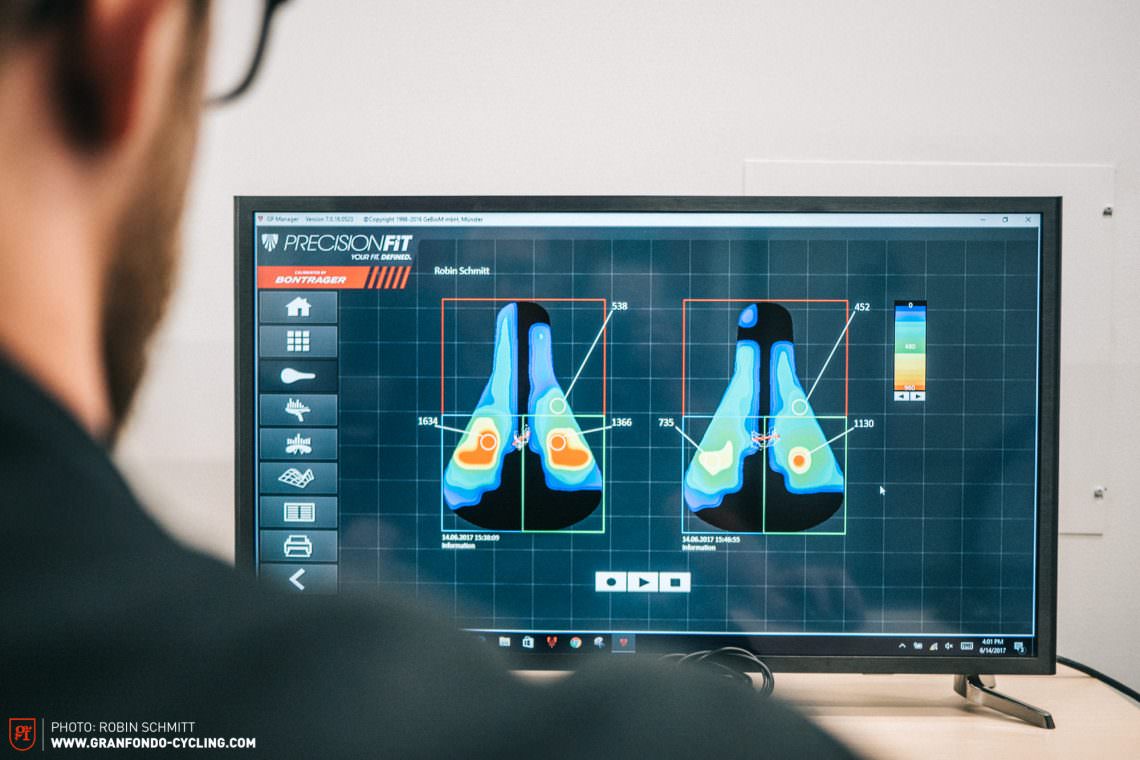
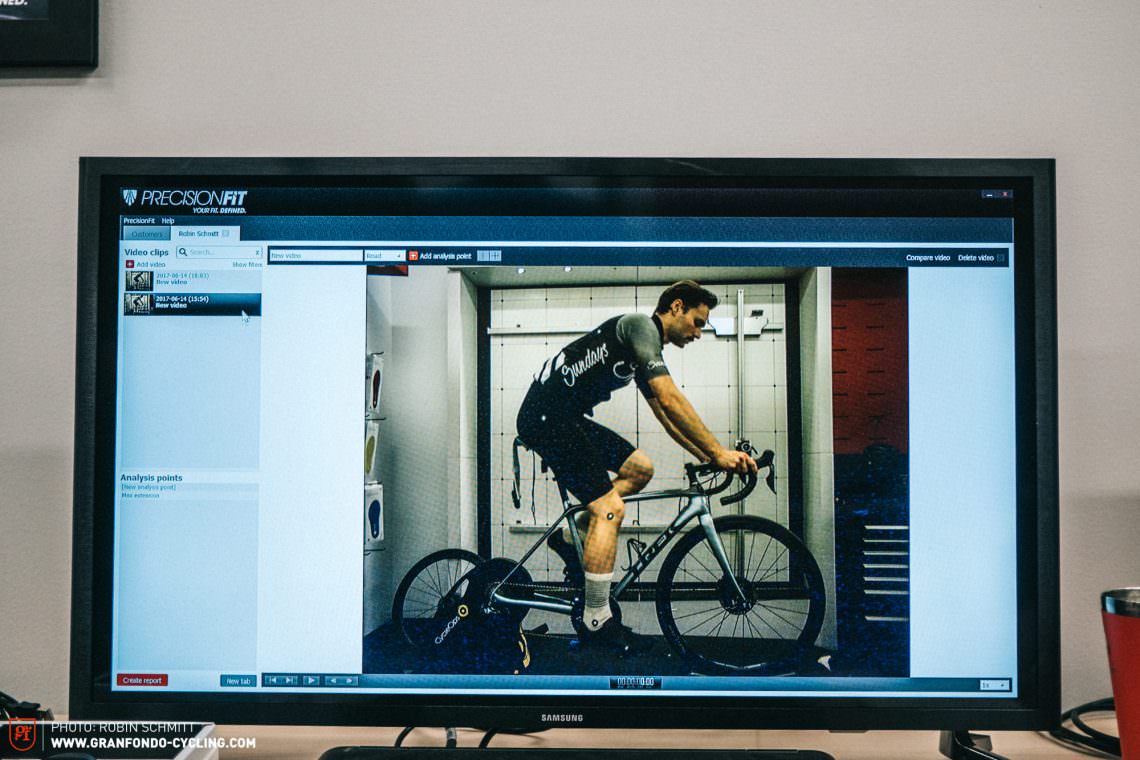
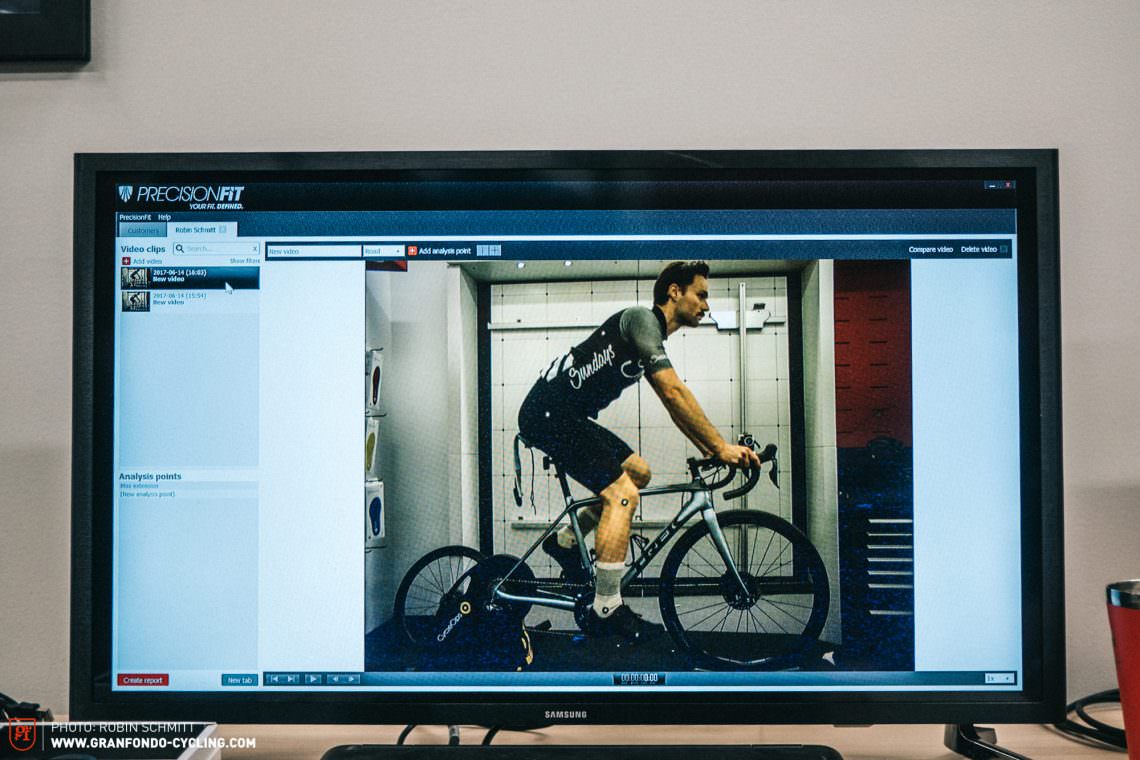
These minor tweaks impressed us with their pretty major effects on how we ride, which is yet more proof that a good bike fitting is worth more than expensive aero wheels!
First ride: Trek Émonda SLR Disc 2018
The first few pedal strokes showed us that this 6.7 kg lightweight disc brake race bike is responsive and able to accelerate like a dream. We were riding the Trek Émonda SLR Disc in a size 56 with their more aggressive H1 geometry setup, which has a lower steerer tube, giving a less upright position on the bike.
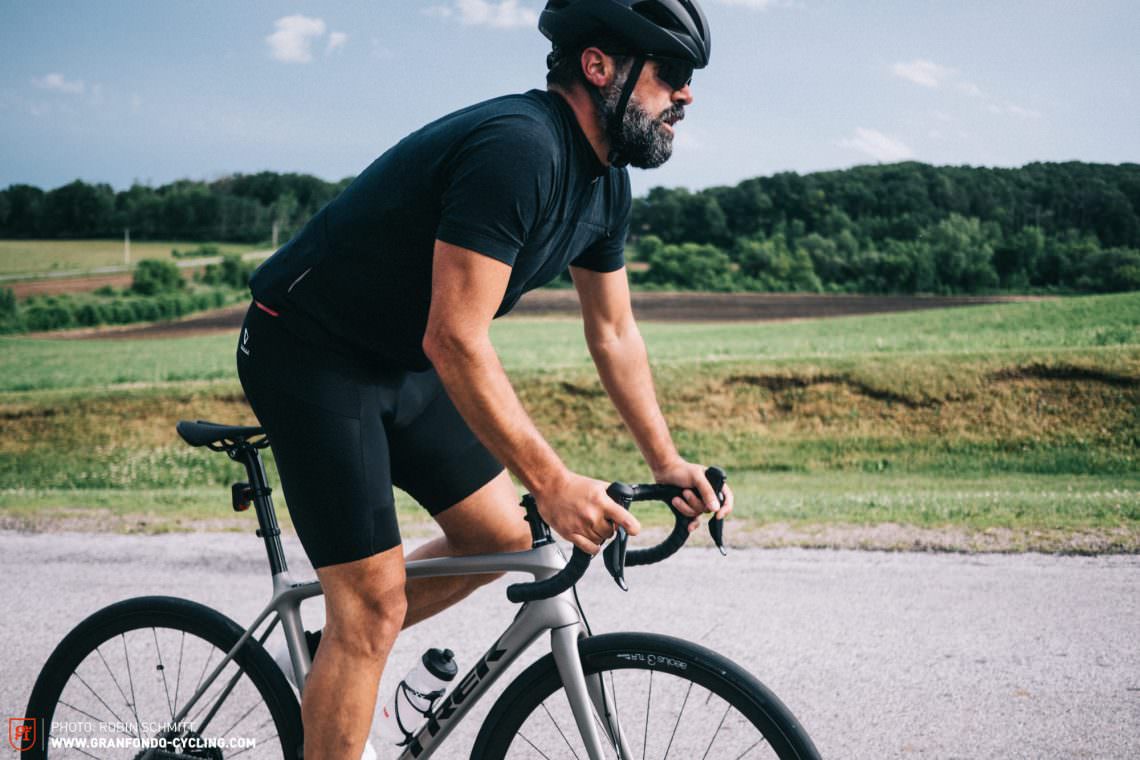
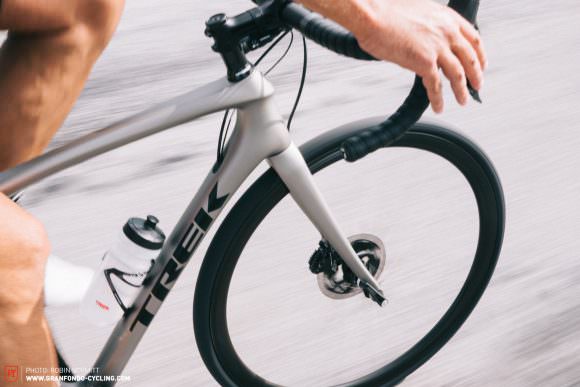
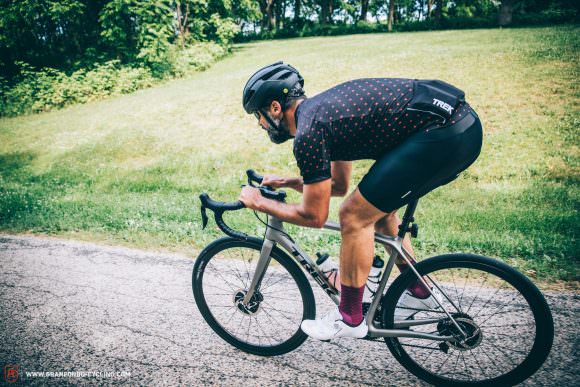
The words ‘aggressive’ and ‘responsive’ are pretty apt here, as the bike demonstrated serious agility – so much so in fact that we reckon it was just too nervous. On the climbs and the descents, the front end doesn’t track very confidently, meaning it’s hard to settle it into a continuous rhythm and it lacks stability on the downhills. This could be appealing to certain racers, but we felt it was a little too extreme and we yearned for the H2 geometry version!
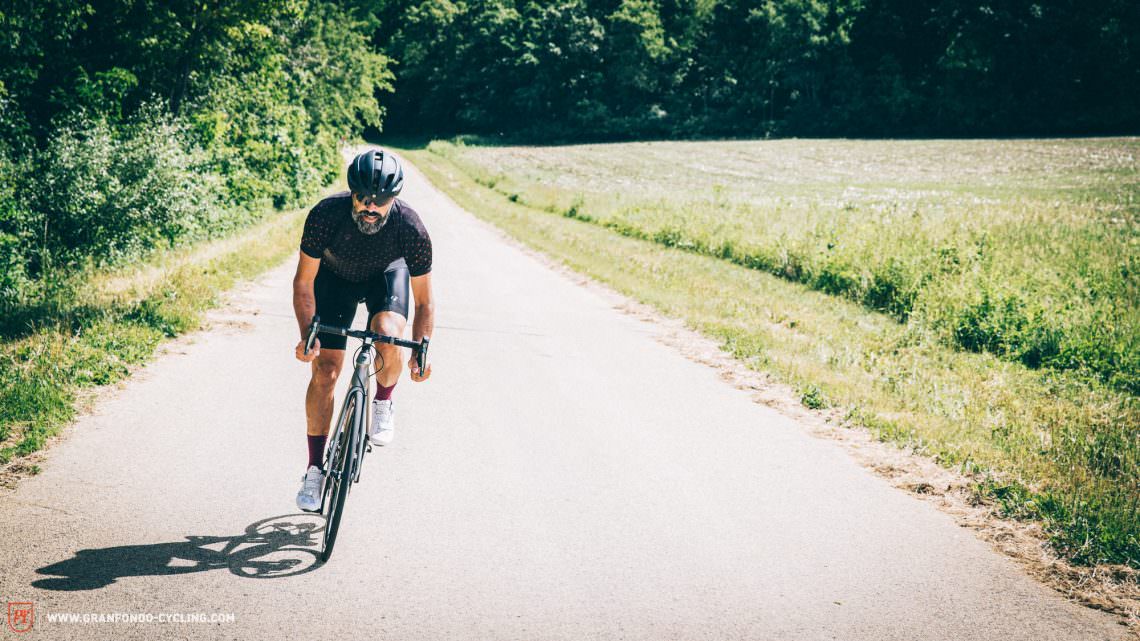
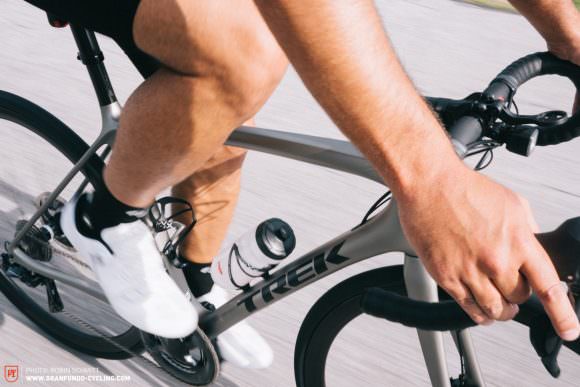
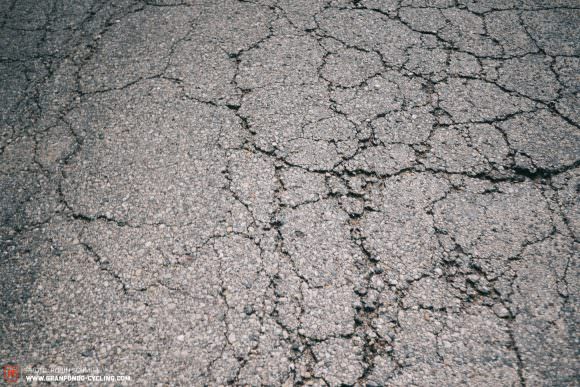
You might notice that our test bike was kitted with Bontrager Flare R daytime riding lights, which is testament to Trek’s focus on safety and visibility. However, this struck us as somewhat of a juxtaposition to this bike, as the relatively nervous handling does ask for more concentration at all times and requires an experienced hand to maneuver. Perhaps that’s where the H2 geometry suits less-experienced riders more. Fortunately, the Shimano disc brakes allow you to put the anchors on with great modulation and power.
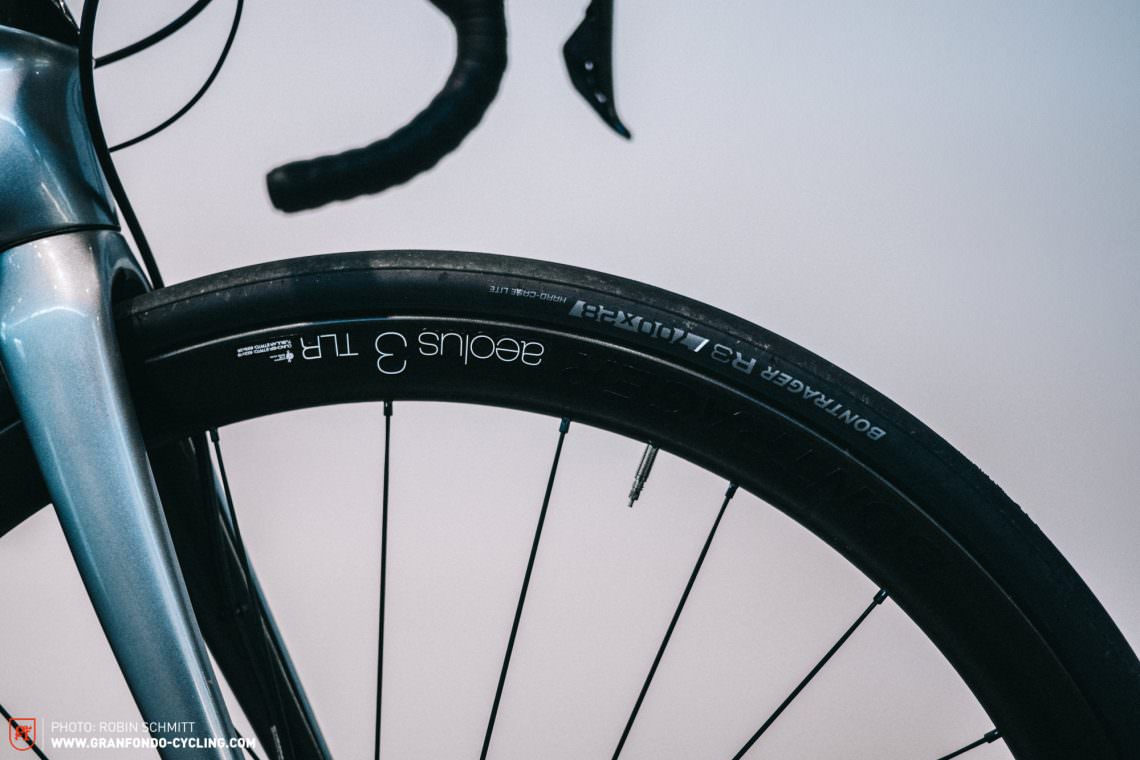
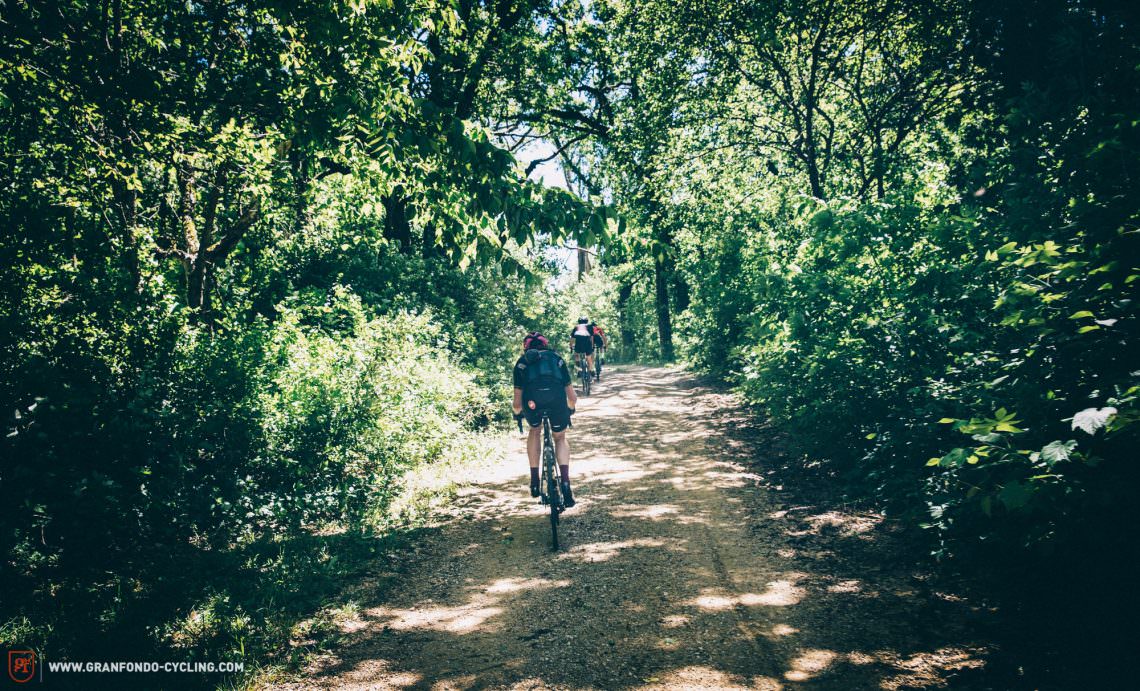
It might sound odd but we were in awe of this ultra-light race bike’s comfort on gravel sections. Trek even go so far as to describe the Émonda as a bit of an all-rounder and we’d be keen to agree (if you overlook that twitchy handling!). Its all-round credentials are certainly aided by those great 28 mm Bontrager R3 tires fitted to Bontrager Aeolus Pro 3 TLR wheels with a bang-up-to-date inner rim width of 19.5 mm.
Trek Émonda 2018 – so how aero is the bike
Everyone knows that we’re not aero obsessives. Seriously, we’re turned off by aero helmets and don’t pay any attention to milliseconds. However, we’re aware that aerodynamics make a difference when you’re hunting seconds. When Trek were questioned about the aerodynamic performance of the Émonda, their response was that they’d focused on weight rather than aero gains, choosing not to carry out any wind tunnel testing. We were momentarily stunned to hear that this was a race bike without any specific aerodynamic design!
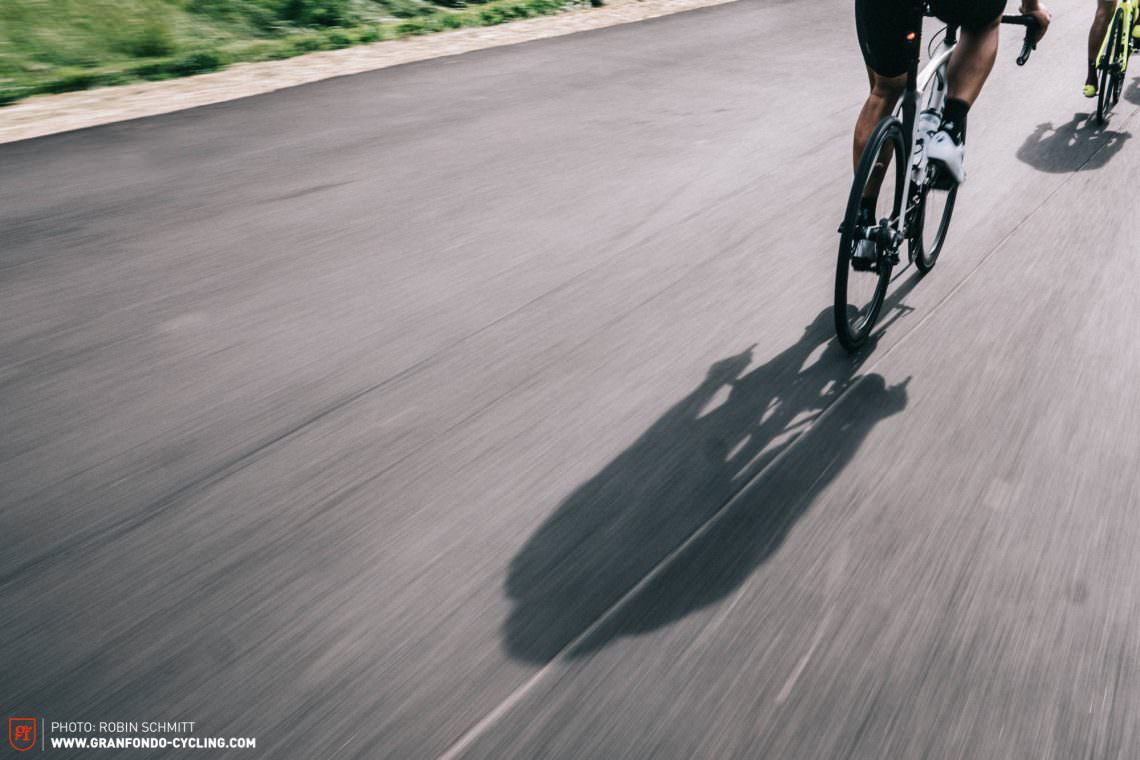
In today’s very competitive field of bikes, you can’t ignore aerodynamics anymore. If you want to excel in a category of bikes, you have to look at the whole bike and beyond convention: whether a bike is statistically the lightest or most aerodynamic, you won’t be quick unless the fit is right – or vice versa. For pros focused on the mountain classification, it’s enough that a bike climbs well so they’re potentially more willing to compromise on its handling! However, for regular riders, we believe they demand a balance between performance and stability – one that’s just as good as coming down as it is as going up.
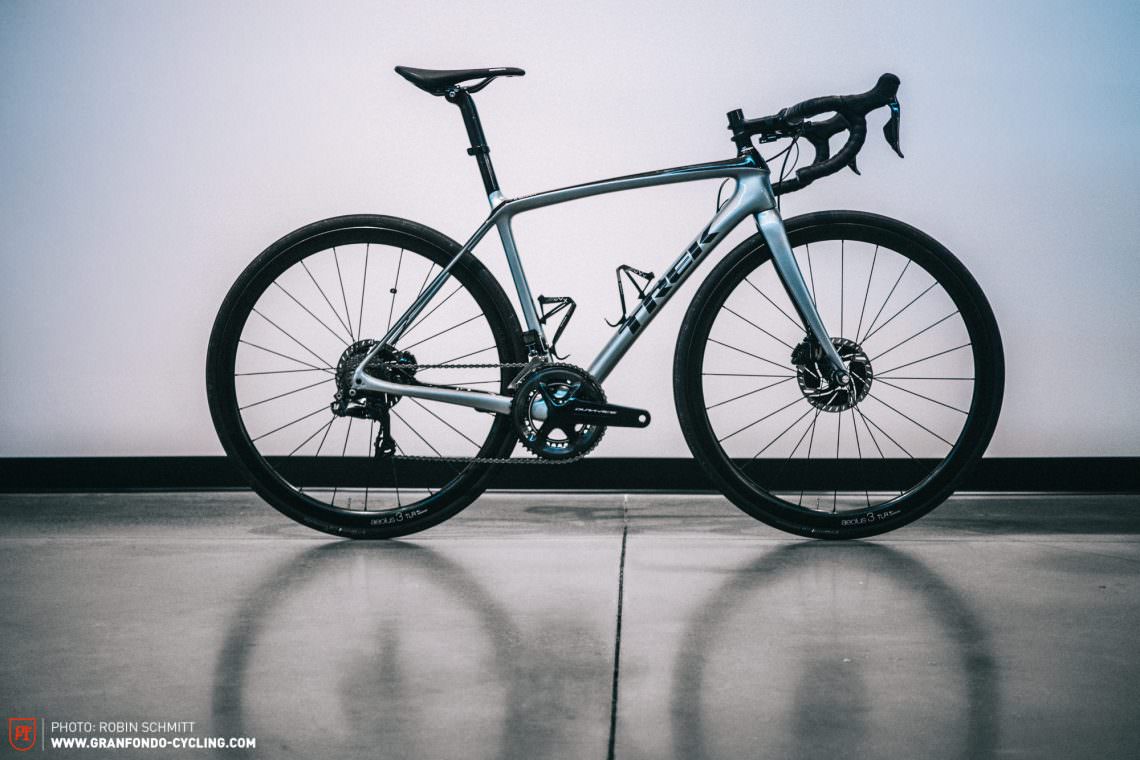
Our thoughts
The new Trek Émonda SLR 2018 has pushed boundaries for production disc brake bikes and at 6.7 kg even sits under the UCI weight limit. In Alberto Contador’s words: Querer es poder, which translates to ‘Where there’s a will there’s a way.’ The new Émonda with its record-breaking weight is a veritable milestone in terms of the pro tour acceptance of disc brakes. However, it could only partially convince us of its performance and we think it’s one that’s best left for the elites. Based on the sheer numbers of crashes for over-ambitious gran fondo riders, there’s a real need for bikes that are more stable and less skittish than those ridden by the pros. Put simply: we don’t all have Contador’s skills. Discs help here, but geometry and balance are also vital elements (much more than weight!). We doth our hat to Trek’s impressive engineering but we see the Émonda’s concept as not contemporary anymore, overly focussed on weight and stiffness. For the mass market a confidence-inspiring and more stable bike is essential.
For more info head to: trekbikes.com
Did you enjoy this article? If so, we would be stoked if you decide to support us with a monthly contribution. By becoming a supporter of GRAN FONDO, you will help secure a sustainable future for high-quality cycling journalism. Click here to learn more.
Words & Photos: Robin Schmitt







